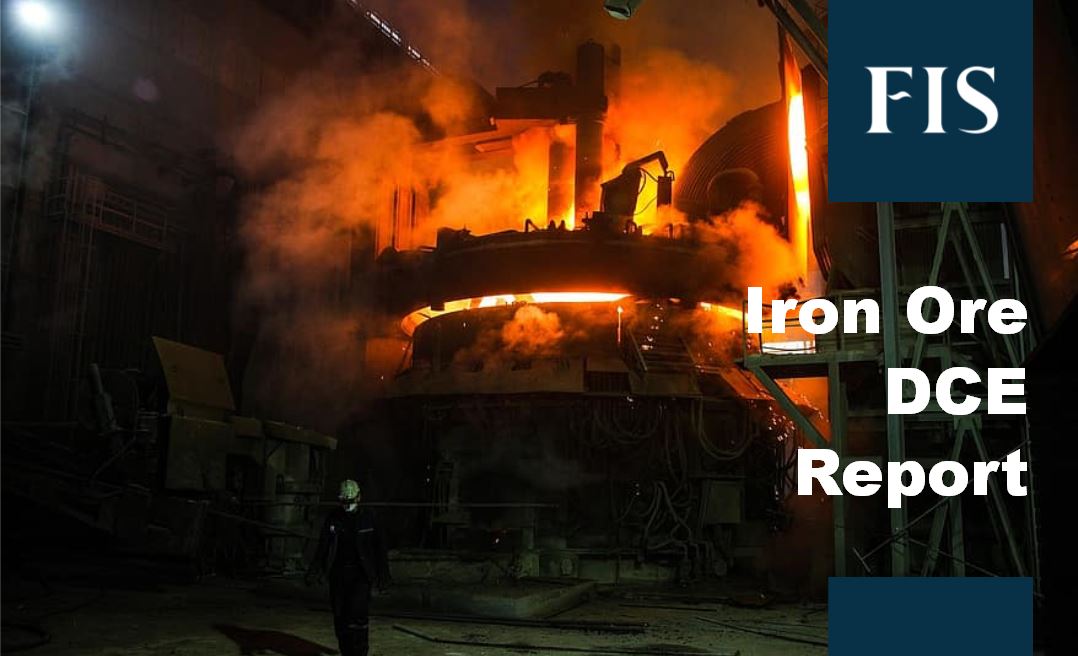Iron ore futures slumped further on lower steel demand, amid heavy buildup of iron ore stocks across the value chain.
The futures of Dalian Commodity Exchange (DCE) for September delivery then plunged by 7.18% day-on-day or down RMB 59 to RMB 762.50/mt, during the day trading session on Thursday.
The rebar futures, also dropped by 3.87% day-on-day or RMB 202 to RMB 5,017/mt, during the day trading session.
Steel output cuts to drop further till end-2021
Steel demand was dampened by tighter production controls that were expected to extend for the remainder of the year.
Thus, the Commonwealth Bank of Australia estimated that China’s crude steel output will fall further, at around 12.2% from August to December 2021 to meet the emissions-linked goal of flat production compared to 2020.
As evident of recent data compiled by China’s National Bureau of Statistics (NBS), which recorded the country’s daily crude steel output dropped to 15 months low to 2.8 million mt/day in July, after Chinese policy objectives to reduce crude gained tractions in H2 2021.
Meanwhile, there was rising iron ore inventory among value chains including stocks held on vessels, docksides, and mills. Furthermore, Brazilian iron ore shipments had risen by 7% year-on-year over previous quarter with higher export volumes from Vale.
Slower steel demand and weak economic data from China
China Iron & Steel Association expected further weakening of domestic steel demand, due to the rising Covid Delta infection rates in the country and severe floods that disrupted transportation networks.
Moreover, the country’s NBS recorded lower rebar steel output at 21 million mt during July, down 12.5% year-on-year, which was the lowest growth since March 2020.
The low growth was attributed to Chinese authority’s call for limiting steel production in 2021 to cut emission, while some trade participants believed that the slowing steel demand also played a part.
For instance, China’s production of major home appliances grew at a slower pace of 0.2-29% in Jan-Jul 2021 period, as compared to yearly growth of 5.6-33.5% from Jan-Jun period, based on NBS data.
